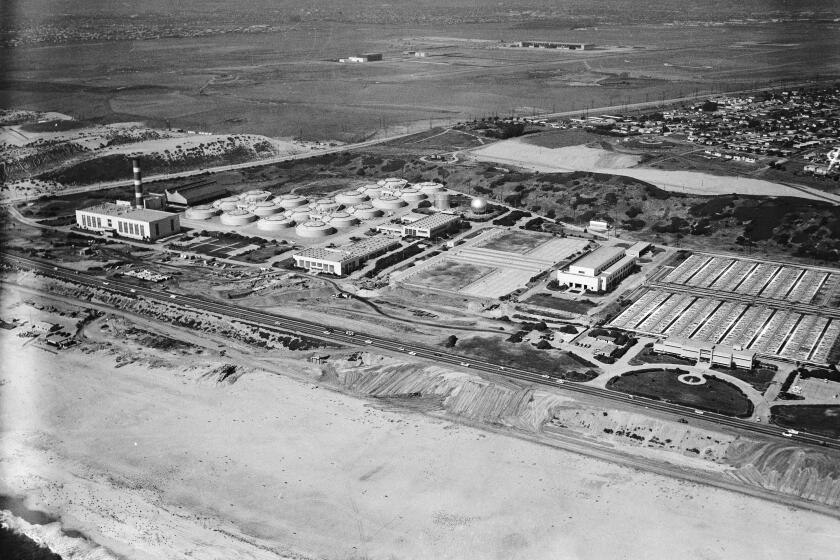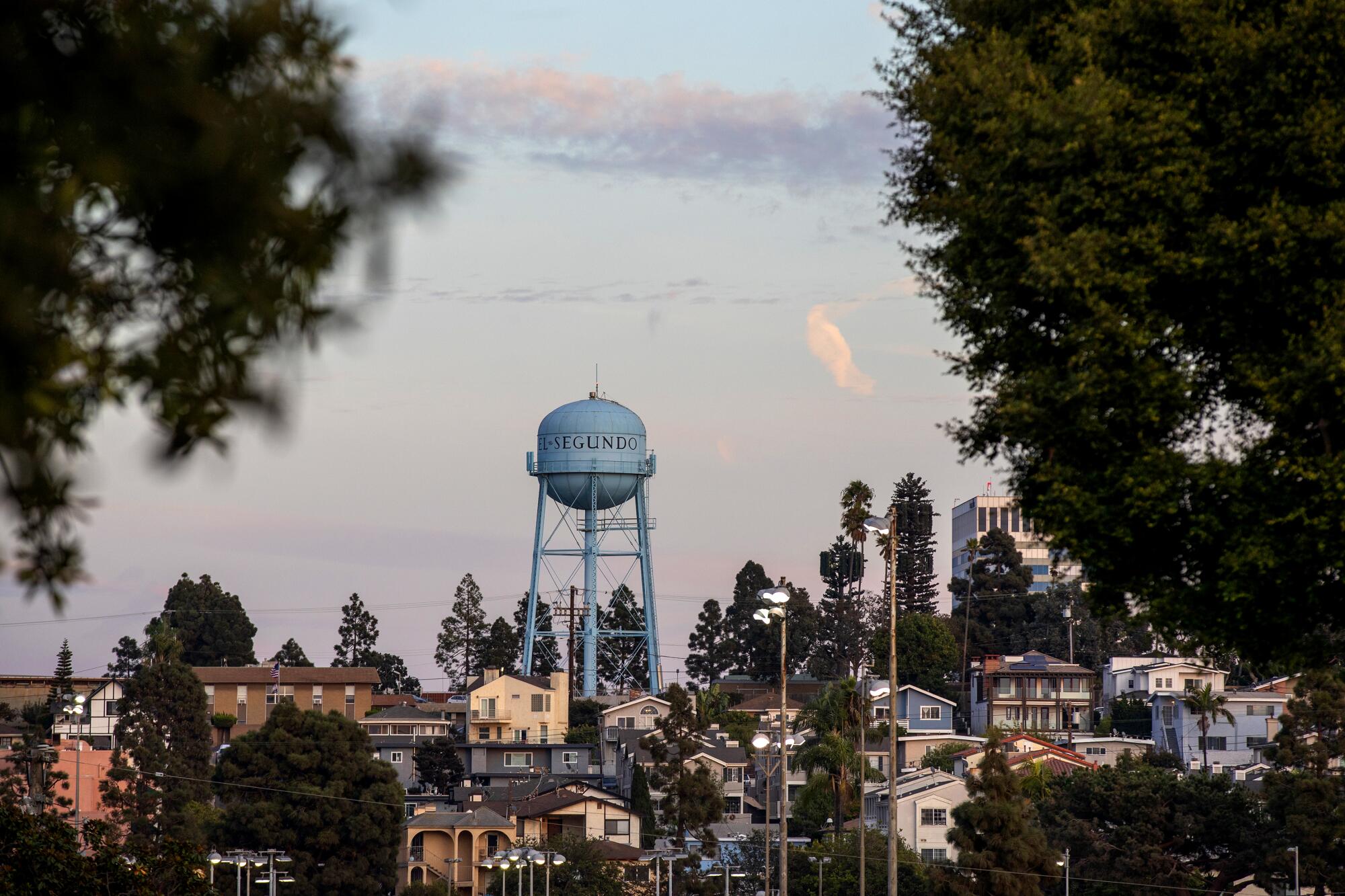
- Share via
The threat came just days before the premiere of “Black in Mayberry.”
An anonymous email warned the tiny El Segundo Museum of Art that it would be “firebombed” if the museum continued to support Black Lives Matter.
The nonprofit art lab had co-sponsored the film “Black in Mayberry” and allowed the filmmakers to use its shuttered space during the pandemic to shoot the documentary, which recounts the experiences of Black people in one of Los Angeles County’s whitest cities: El Segundo.
The FBI was called, and undercover police officers patrolled the May premiere at the Brewport Tap House. No one bombed the museum, but the incident rattled this town south of LAX, which has proudly marketed itself as “Mayberry by the Sea,” a nod to the idyllic Mayberry of “The Andy Griffith Show.”
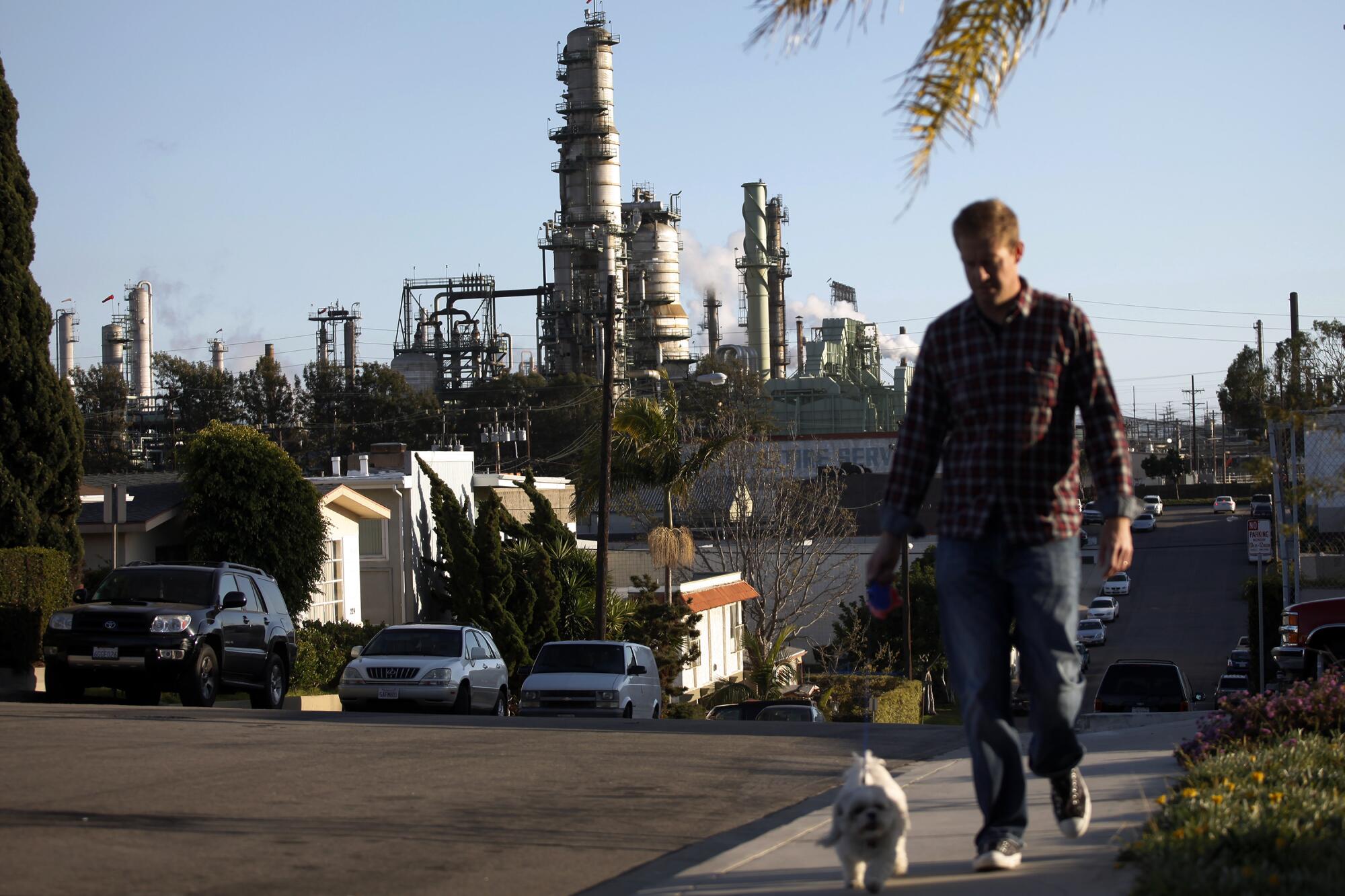
El Segundo — population 16,600 — has a nostalgic charm. Neighbors are friendly, police officers are ultra-vigilant and Little League is king. Since 1949, a Christmas lights extravaganza dazzles on Candy Cane Lane.
Still, the bomb threat was a painful reminder of El Segundo’s parochial past and of hostilities that surfaced last summer when a diverse coalition of residents came together as El Segundo for Black Lives. The group demanded action from city leaders, including an “end to racial profiling” by police, more inclusive schools, and an acknowledgment and apology “for El Segundo’s racist legacy.”
The group’s efforts would indeed prompt action by city and school officials. But there also came flag-waving hecklers who disrupted last summer’s George Floyd demonstrations, howls of indignation when El Segundo’s police chief knelt in solidarity with students marching for racial justice, and equivocation by some city leaders struggling to respond to a divided community.
“Some of the residents feel like El Segundo is their secret little jam, and they want to keep it to themselves,” said Tanya Taylor, a founding member of El Segundo for Black Lives and the producer of “Black in Mayberry.” “They want to maintain it the way it was when they grew up ... when El Segundo was an all-white community and everyone knew everyone. They don’t seem to understand why this town has always been white. It wasn’t an accident; it’s because of racism.”
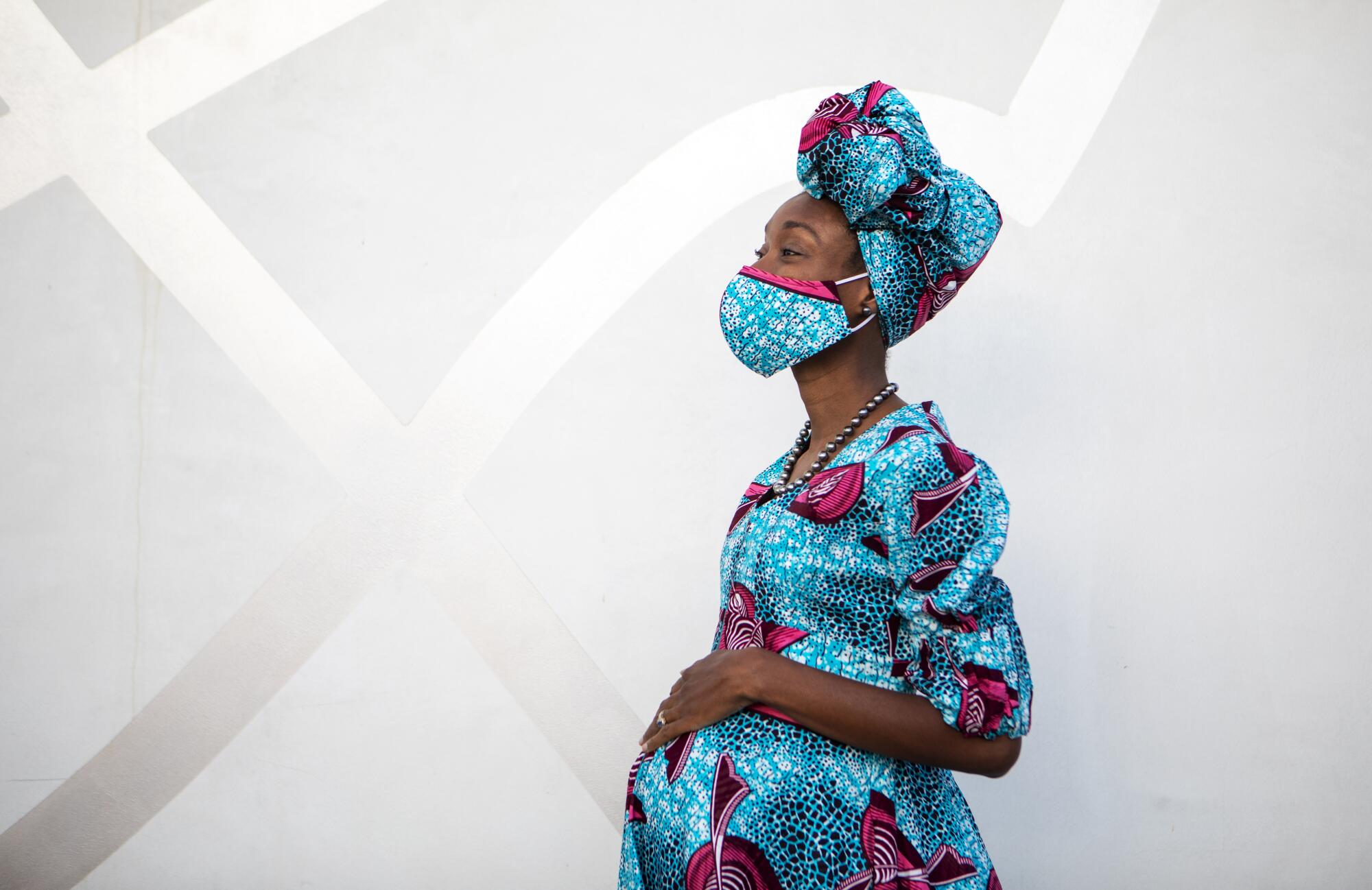
El Segundo exists thanks to the oil refinery that looms large on the city’s south end. In 1911, Standard Oil opened its second California refinery, prompting the city’s name, Spanish for “the second one.” Now owned by Chevron, the complex remains the largest producing oil refinery on the West Coast.
Decades ago, sulfur-like emissions from the refinery and odors wafting from the nearby wastewater treatment plant, Hyperion, inspired another nickname, “El Stinko.” The city became a punchline in the 1970s sitcom “Sanford and Son,” on which Redd Foxx’s Fred Sanford quipped that his son’s “Days in Paris” cologne “smells like Nights in El Segundo.”
The refinery’s workforce was predominantly white in the early years. So was El Segundo — and it was determined to stay that way.
Los Angeles County’s South Bay, which includes El Segundo, was a hotbed for the Ku Klux Klan a century ago. In 1922, an estimated 12,000 people — including an El Segundo contingent — attended a Klan rally in Whittier Hills. In 1923, the El Segundo Herald recounted how members of the Methodist church got “a real thrill” one Sunday when 10 white-robed Klan members “walked solemnly down the aisle, asked for prayer and left $120” to pay the church’s debts.
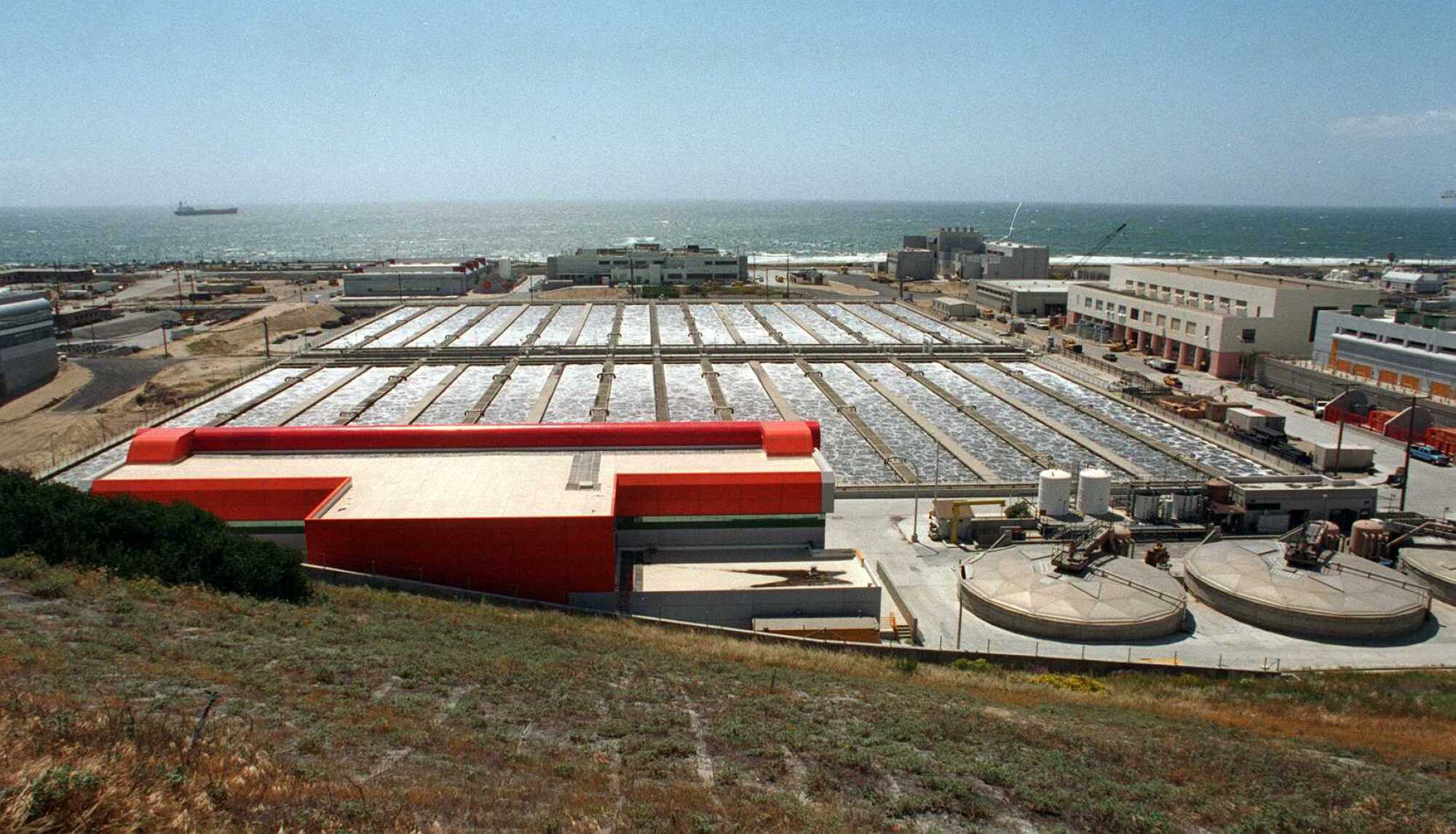
In 1924, El Segundo fought a plan for a successful Black businessman, Titus Alexander, to build an oceanfront retreat for Black vacationers on L.A. city land. That year, neighboring Manhattan Beach seized the seaside property of a Black family that ran a popular Black resort.
As they did elsewhere in California, real estate covenants prohibited property ownership in El Segundo by “any person whose blood is not entirely that of the white race,” according to a Depression-era deed. It stipulated that no one of “African, Asiatic, Mongolian or Mexican descent” would be allowed — unless they were “bona fide domestic servants.”
Under the federal Home Owners’ Loan Act of 1933, the government created an agency to boost home ownership. It produced a 1939 map of L.A. County that ranked neighborhoods with letter grades (A to D). People of color were restricted to “D” areas, which were color-coded red. That gave rise to the term “redlining.”
El Segundo was graded “C” due to its proximity to the refinery and sewage treatment plant. In 1939 the Home Owners’ Loan Corp. noted the absence of Black residents, explaining that deed restrictions “provide protection against racial hazards.”
Throughout the 1940s, a real estate broker maintained a big sign at Oak and Main streets, proudly noting he didn’t serve Jews or Japanese.
Frank L. Snow, then Herald editor, wrote in 1944 that the intolerant message gave the city a bad look. He reminded readers that more than 700,000 Black men had served in World War II. “Negro people are entitled to be treated like human beings,” Snow wrote.
Still, El Segundo remained solidly white — long after racist housing covenants were ruled unconstitutional.
By 1980, fewer than 50 Black people lived in El Segundo, making up less than 0.5% of the population, according to the U.S. Census. Whites accounted for 89%.
The city’s complexion has changed and is no longer shaped by Chevron. A constellation of corporations rings the east side, including Mattel, DirecTV, Boeing, Beyond Meat, the Los Angeles Times and tech start-ups.
“El Segundo is in a different place demographically and economically; it is much more diverse than it was, on so many levels,” Mayor Drew Boyles said.
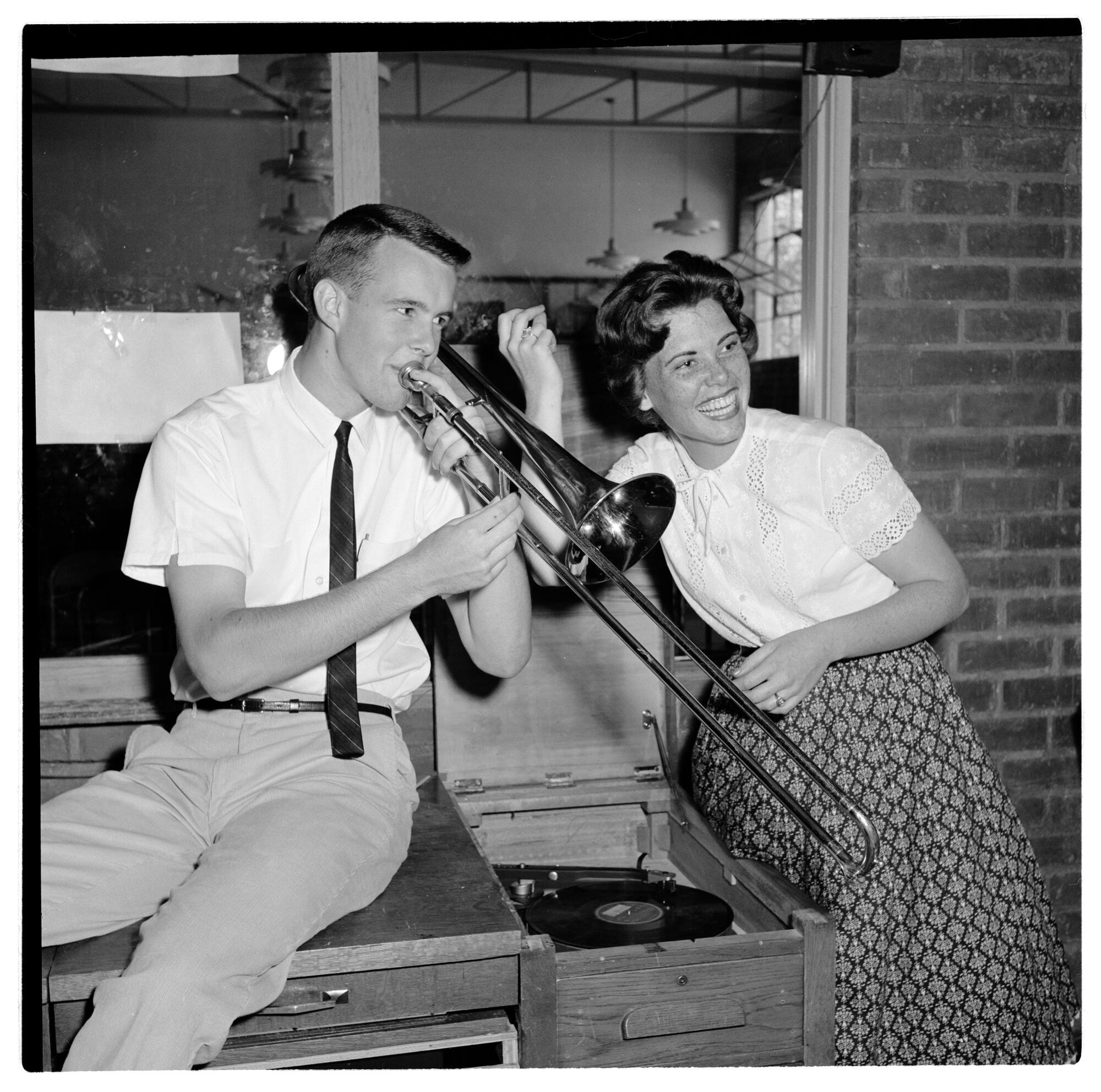
In 2019, the census estimated El Segundo’s population was 72% white, 16% Latino, 10% Asian and 3.7% Black. City leaders say the diversity has accelerated as younger residents move in. The schools are no longer majority white. And El Segundo has turned blue: 64% of voters cast ballots for Joe Biden for president last November.
New residents are attracted by award-winning schools and the city’s reputation as a nice place to live.
“It’s a quiet, safe community; it seemed ideal for family life,” said Taylor, an attorney who moved to El Segundo in 2020 from Long Beach. “Of course we didn’t know the level and history of racism.”
George Floyd’s murder 1,900 miles away awakened a new vanguard of activists, and two white attorneys — Anya Goldstein and Amanda Touchton — decided to bring the national movement home.
“As white people, we need to step up,” said Goldstein, a criminal and civil litigator and city resident since 2013.
On May 31, 2020, Goldstein, Touchton and Touchton’s 21-year-old son, Elias Garcia, were joined by a multiracial crowd for a socially distanced protest at Main Street and Imperial Highway. More than 50 people clapped and cheered as passing cars honked approval.
As demonstrations grew in size and volume, some white residents warned on social media that such activity would invite trouble.
“People were afraid that all of a sudden, truckloads of Black people were going to drive over to El Segundo,” Taylor said. “But who’s going to drive from Crenshaw to El Segundo to protest? They have problems in their own communities.”
Mark Knight, a white research scientist who has lived in El Segundo three years, was intrigued.
“I felt like I didn’t really understand the anger and the frustration, but I wanted to because these are my neighbors,” Knight said. He photographed the rallies and marches. “The protests weren’t what you saw on the news. These are positive people who want a better world.”
Knight and Taylor became friends. One day, Knight shared how a Black friend of his had only recently opened up about the racism he’d experienced.
Knight’s conversation with Taylor was the genesis of “Black in Mayberry.”
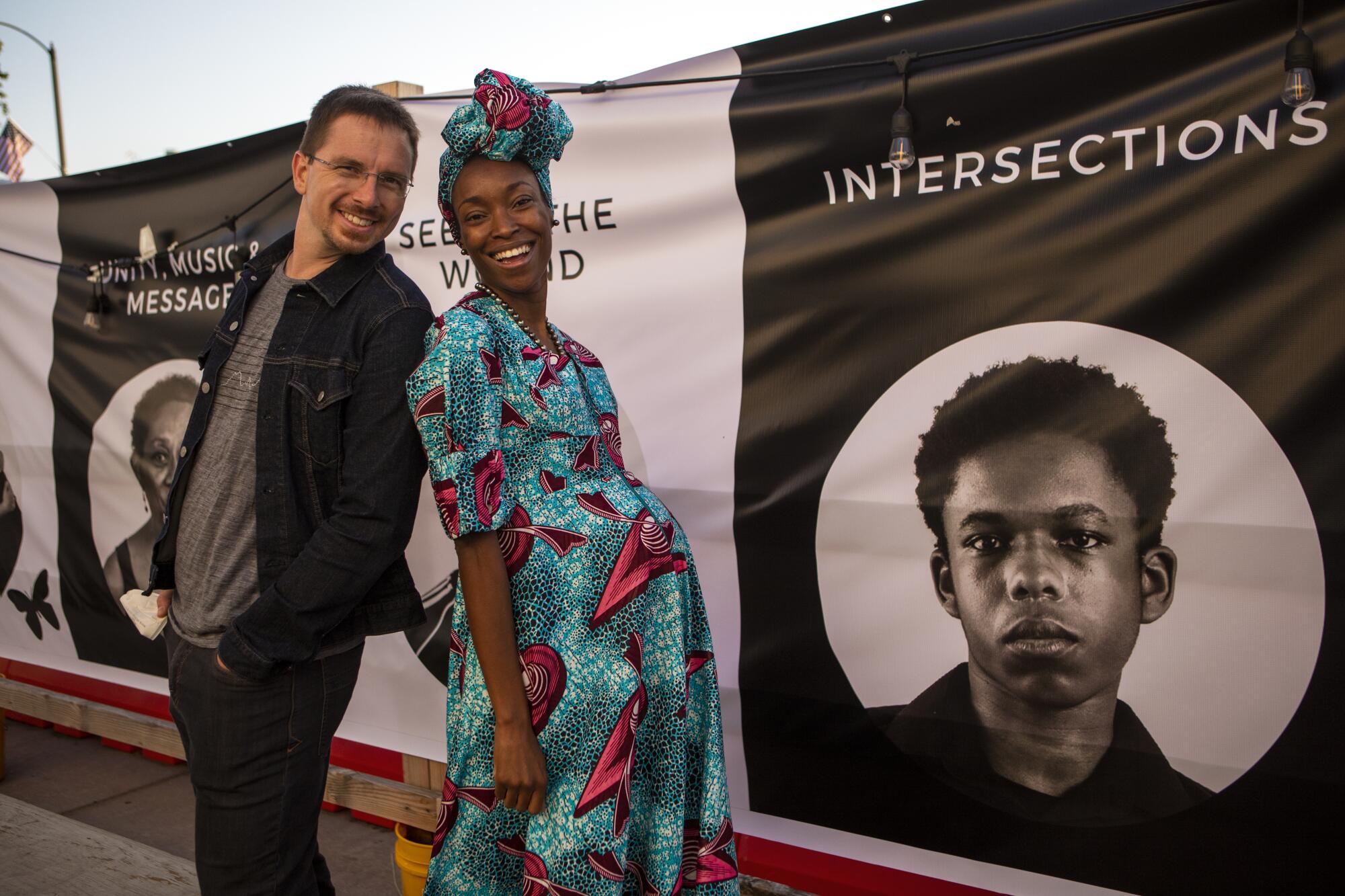
“I wanted to pull back the veil,” Taylor said. “I wanted people to understand just how much pain Black people are carrying with them.”
Knight had never directed a film before. He spent $1,000 to buy equipment to produce high-quality video and rebuilt his computer after it overheated during one edit session.
The hourlong documentary, now available online, weaves together Knight’s protest photographs, a stark image of Chevron’s refinery and vignettes from more than a dozen Black activists who share discrimination they have faced in El Segundo and other parts of Southern California.
Northwestern University engineering student Gabriella Desch-Obi, a 2020 graduate of El Segundo High School, described the stress of being an outsider in the city’s schools, which accept about 200 students a year from neighboring communities. Desch-Obi is from largely Black Leimert Park.
“Being the token in a predominately white space is a lot harder than people think,” she says in the film. “You are supposed to be an advocate and basically an urban dictionary for your entire culture.”
Desch-Obi, in an interview, recalled when police stopped her as she was walking to dance class. “They asked: ‘What are you doing?’” she said, adding that she noticed one officer’s “hand was resting on his revolver.”
Black civic leader Titus Alexander tried to build a seaside recreation center in the 1920s. El Segundo stood in the way.
Keith Puckett, a security manager for an international firm, discussed being pulled over by police — an example, he said, of racial profiling. In May, Puckett and his attorney, Goldstein, filed a civil rights claim with the city, the precursor to a possible lawsuit.
By the fifth El Segundo for Black Lives protest last summer, things grew tense. The group issued demands to the city, including creating a diversity, equity and inclusion committee. Its ceremony was interrupted by two dozen counterprotesters. “Lies! White people acting like they care about Black people: Hideous!” bellowed one man, who waved a large American flag, according to a video shared with The Times. Police formed a line to separate the two groups.
There were other threats: One El Segundo man wrote on the Nextdoor app that he was “having trouble keeping calm” and advised people not bring children to protests. “Unfortunately there may be violence this time,” according to a screenshot of the message.
El Segundo educators felt the schism. In a June 18, 2020, letter to parents, El Segundo Unified School District Superintendent Melissa Moore wrote:
“ESUSD stands firmly in the belief that Black lives matter and is actively examining our practices, listening and reflecting, and taking action to combat racism and to address the well-being of our Black students and other students of color.”
Then came the backlash. “We the Parents have had ENOUGH,” read a Sept. 17 full-page advertisement in the Herald by an anonymous group. “We insist the District cease efforts aimed at influencing students’ political views, morals and core beliefs.”
The following week, another ad appeared, this one signed by more than 250 people, including Taylor, Goldstein and Knight.
“To put it simply,” the ad read, “Black Lives Matter is not a political issue; it is a moral one.”
::
City leaders, including the all-white City Council, quickly decided to take a proactive stance. In early June 2020, Mayor Boyles accepted an invitation to address a crowd of about 300 protesters gathered outside City Hall.
“I was handed a bullhorn. I really didn’t know what to expect,” Boyles recalled, adding, “The idea was to go and to listen and do my best to understand people’s concerns and their frustrations.”
Within weeks, the council formed the Diversity, Equity, and Inclusion Committee with the goal of creating “positive change so everyone who lives, works and visits El Segundo feels welcome,” the city said on its website.
“We need to engage people in the community who are representative of all these different perspectives to get their input,” Boyles said. “I believe firmly that our city is open-minded and willing to embrace all perspectives.”
Nearly 70 people applied for a seat on the committee. Among them was a longtime lacrosse coach who wrote on his application that he wanted to serve despite “out of control agitators who’ve co-opted the sad George Floyd killing [by] falsely accusing, attacking and unduly influencing the city, the city council, our kids, our city folk, anyone ... standing in their way.”
Nine people of various ethnic backgrounds were selected last fall for the panel, including the coach to represent the city’s old guard.
“We need to start the hard work and have the tough conversations,” said Shad McFadden, a Black marketing research executive and chairman of the committee. “But it needs to start with an understanding of how racism affects people today.”
This spring, several of last summer’s activists formed a multiracial group called Sweat Equity Alliance, or SEA Change. It is led by Ben Watkins, a Black television producer who moved his family to El Segundo in 2008 for its schools.
“El Segundo is an example of a community motivated by fear,” Watkins said. “They are trying to maintain what they feel is their little slice of heaven, but that slice is false because it hasn’t been the experience of everyone who lives here. They don’t want to acknowledge what has happened in the past — or what is happening today.”
Watkins knows all too well. He said two of his four sons were occasionally followed by police as they walked home from school, even as one wore his football uniform. “Both of my sons felt uncomfortable walking home from school,” Watkins said.
Watkins said that about seven years ago, his youngest son — then in fourth grade — told his parents a group of classmates had been making jokes and that a white boy repeatedly used “the N-word.” The family reported the episode, and Watkins called parents of the boys allegedly involved. “Some of the parents were very supportive, but the other half said I was making a big deal out of nothing,” he said.
Moore, who became superintendent in 2014, said she was alarmed to hear about the incident. “There is no room for words like that in our schools,” she said.
City Manager Scott Mitnick, who came on board in 2019, said the city has “a commitment to treat all residents, people who work in El Segundo and visitors equally no matter their race, gender, age, nationality or orientation. Each formal allegation and complaint is investigated and responded to accordingly.”
SEA Change has grown to nearly 300 supporters, and Watkins is optimistic for the future.
“Our goal is to take two seats on the City Council in the next election,” Watkins said. “We are motivated by our affinity for this community: We love El Segundo and when you love something, you want it to be the best that it can be.”
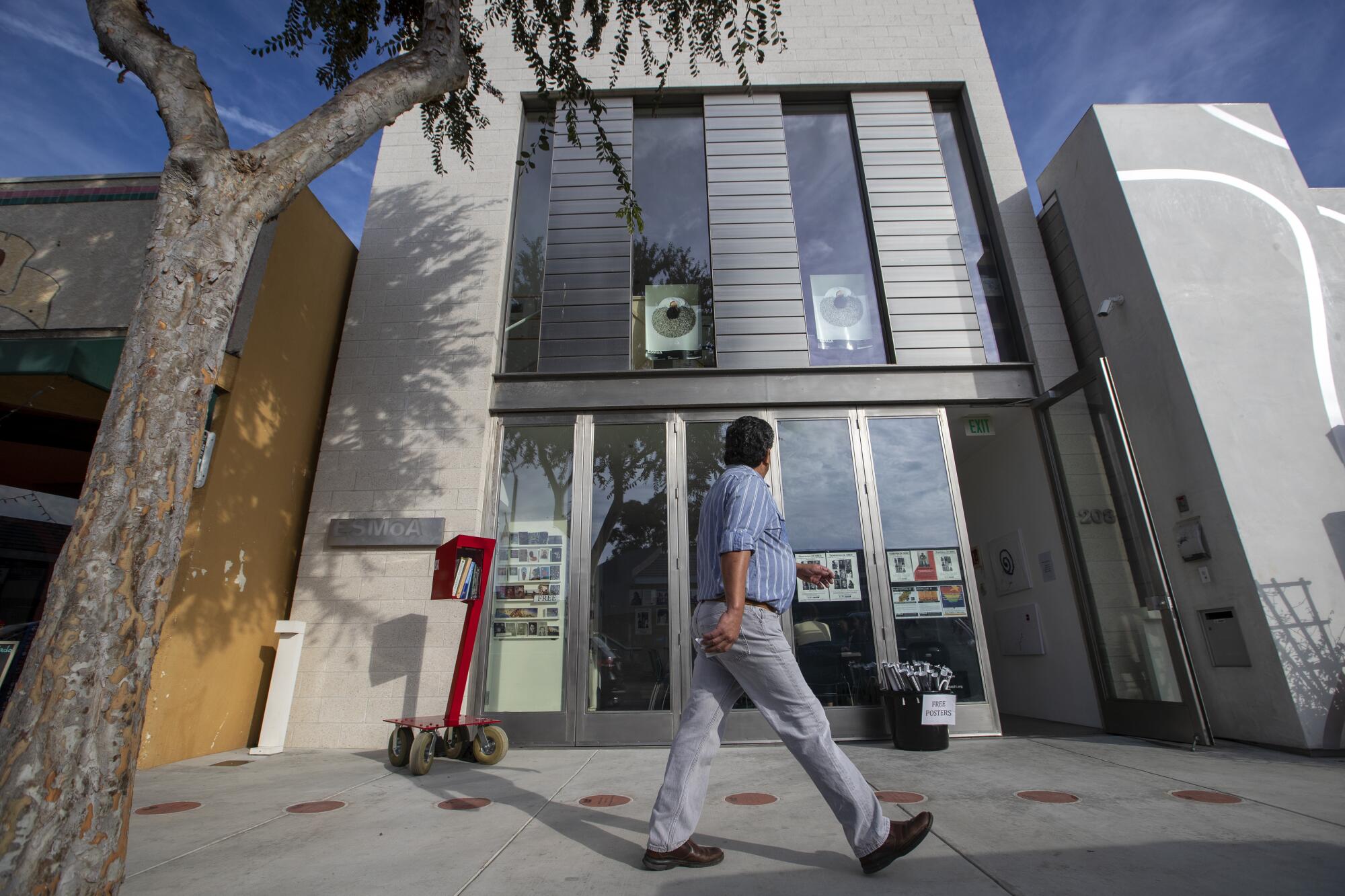
On the eve of the premiere of “Black in Mayberry,” Avery Smith got an idea. Smith is a popular Little League coach, an insurance agency president and a member of the Diversity, Equity, and Inclusion Committee. The emailed threat against the El Segundo Museum of Art deeply disturbed him.
“That there was somebody who was so vile as to want to threaten to kill people to me was just unbelievable,” said Smith, who is Black.
Smith announced on Facebook that he would march along Main Street to the museum to show support. His effort was last-minute, and Smith figured people were busy with work and school activities: “I thought I would be walking by myself.”
Puckett and his son showed up — along with about 25 white residents.
“To have all of you guys come out is just so moving,” Smith told the group clustered around him. “I couldn’t be more proud to be part of this community.”
More to Read
Inside the business of entertainment
The Wide Shot brings you news, analysis and insights on everything from streaming wars to production — and what it all means for the future.
You may occasionally receive promotional content from the Los Angeles Times.
